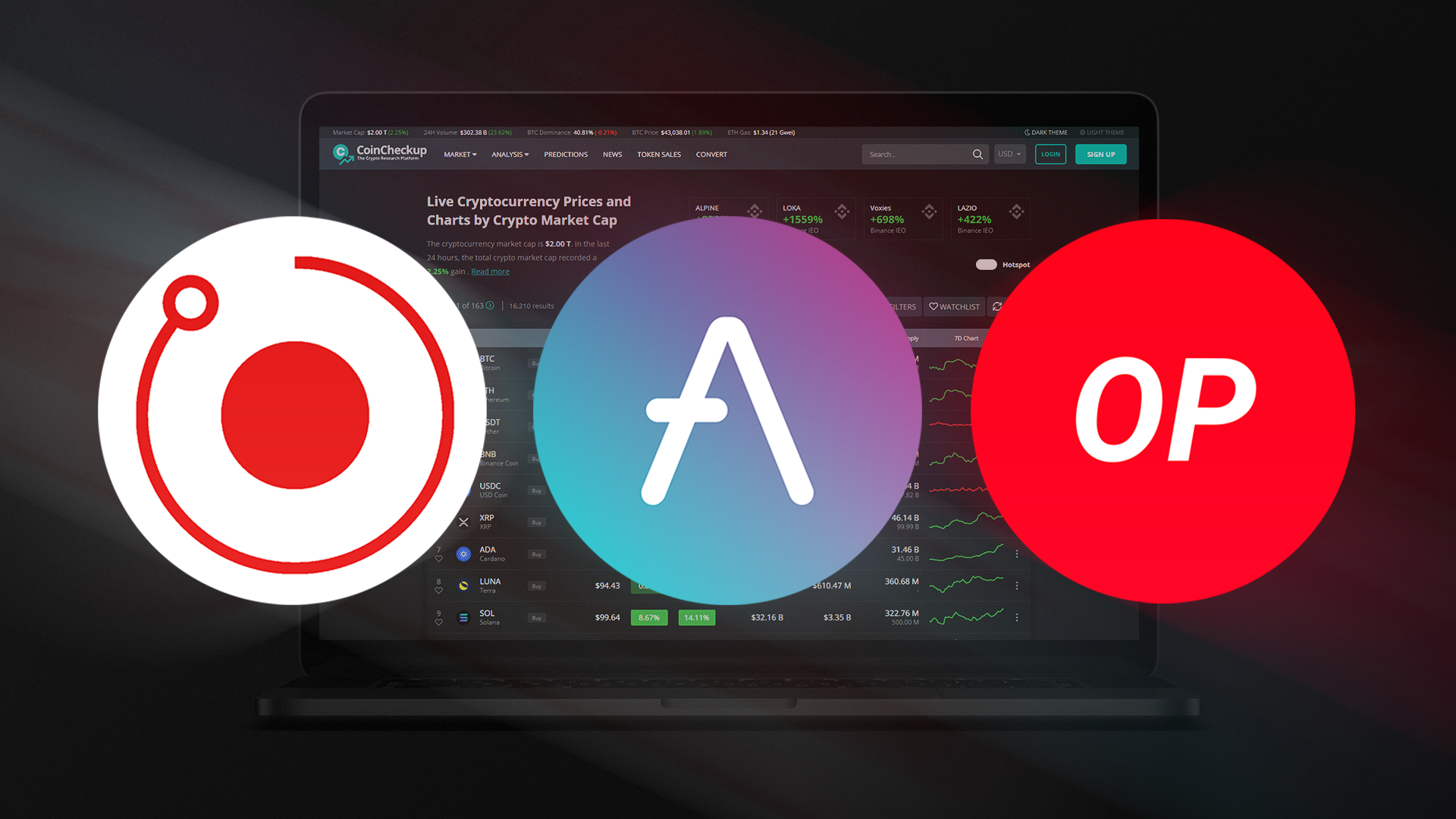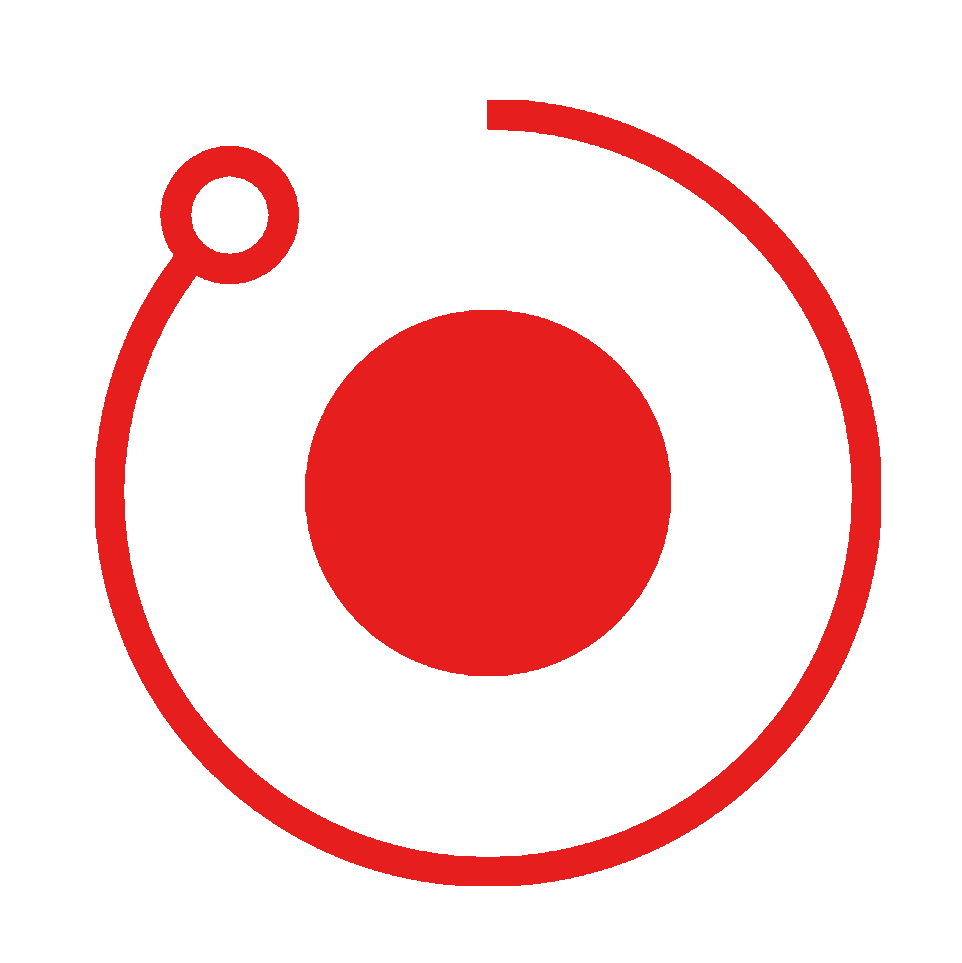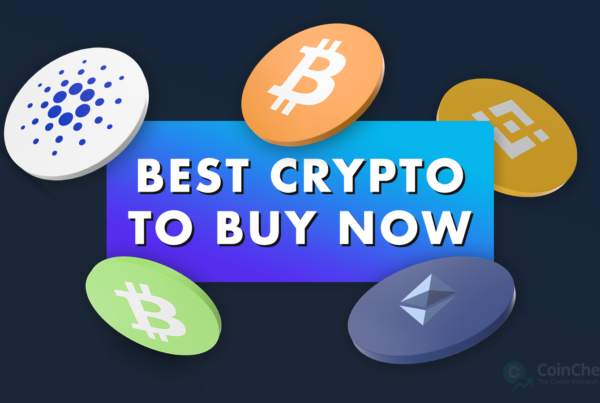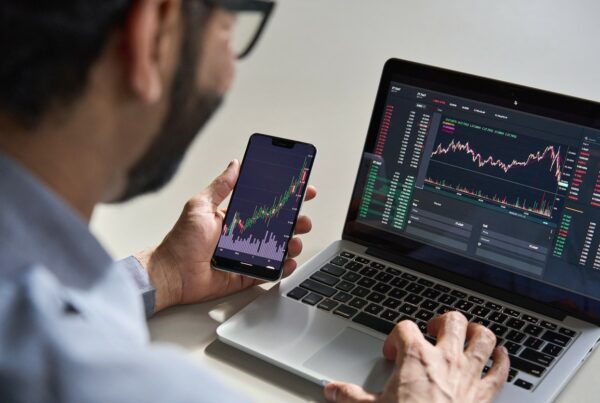
The uptrend established in the first few weeks of 2023 appears to be dying out. Although the total cryptocurrency market capitalization climbed as high as $1.12 trillion during last week, all the gains were erased during the weekend, causing the total market cap to fall back to $1.09, this is exactly where it stood at the beginning of the week. Most of the biggest cryptocurrencies traded rather sideways throughout last week, which explains why the total market cap stayed stagnant. Among Top 10 cryptocurrencies, the biggest mover was OKB (OKB), which appreciated by almost 12% last week.

3. Render Token (RNDR)
Render Network is a decentralized cloud rendering platform that allows users to access high-performance computing resources in a secure and decentralized manner. The platform uses blockchain technology and its own cryptocurrency, the RNDR token, as the means of payment and reward for participating nodes. The RNDR token is used to incentivize the rendering of 3D graphics, animations, and simulations. With Render Network, artists, architects, and engineers can outsource their rendering needs to the network, rather than relying on a centralized cloud provider, providing increased security, cost-effectiveness, and faster rendering times.
The project establishes Render Network Foundation and accepts the proposal to implement a burn-and-mint equilibrium tokenomics model
On January 20, the Render Network announced that the project is launching Render Network Foundation, a dedicated non-profit organisation that will maintain and develop the core Render Network protocol and its community. In addition, RNDR token holders recently voted in favour of adopting a new tokenomics model, called burn-and-mint equilibrium. According to the new model, “rendering jobs-to-be-done” will be priced in USD and creators will have to burn the corresponding amount of RNDR tokens to pay for rendering. After burning RNDR, creators will receive non-transferable, non-fungible “Coupon Tokens” to track completed orders. Node operators will receive rewards in the form of base-asset issuance incentives based on the number of jobs they completed within a network’s epoch. The tokenomics model is called burn-and-mint equilibrium because if the demand stays constant the number of tokens burned equals the number minted. If, however, the usage grows in between, supply decreases and creates upward price pressure, and vice versa when the need for rendering power is in decline. The proposal for the change in tokenomics was accepted with outstanding unity as 100% of votes were cast in favour.
Both events provided a boost to RNDR price, which has gained over 100% in the past week, outperforming all other top 100 assets in the same period. In addition, the Render Network’s token climbed 13 spots up on the list of largest cryptocurrencies by market capitalization last week alone. Currently the token is changing hands at a price of $1.70 but we believe it could hit $2.00 soon.

2. Aave (AAVE)
Aave is an Ethereum-based decentralized lending and borrowing platform that started out under the name “ETHLend”, a project launched by Stani Kulechov in 2017. Aave supports almost 20 different tokens and has unique and sophisticated features such as flash loans that make it stand out from its competitors. While Aave initially launched on Ethereum, the protocol has expanded to the Fantom, Avalanche, Polygon, Optimism, Arbitrum, and Harmony networks over the last couple of years and is now available on 7 chains. AAVE token is the protocol’s native token, which grants holders governance rights as well as discounts when interacting with Aave protocol. While the protocol is completely open source, its code is regularly audited by third parties and has been repeatedly deemed secure. With the launch of its third iteration – “Aave v3” – the protocol positioned itself as one of the top DeFi protocols. According to DeFi Llama, there are currently around $4.7 billion locked in the Aave protocol, out of which $1.1 billion are locked in Aave v3.
Aave v3, one of the most popular liquidity protocols, has been deployed on Ethereum mainnnet
The Aave protocol has recently received its most significant upgrade to date on the Ethereum blockchain as Aave v3 was activated on Ethereum mainnet on January 27. While Aave already run on Polygon, Avalanche, Arbitrum and Optimism, Ethereum mainnet deployment was of key importance for the lending protocol as Ethereum is the Aave’s largest market. Now liquidity providers that interact with Aave through Ethereum mainnet can also utilize advanced features such as high-efficiency mode (or e-mode) and isolation mode. In addition, gas fees are up to 25% lower on Aave v3. To migrate your positions from v2 to v3, follow the instructions from the Tweet below.
AAVE price, which has been trending upward since the beginning of the year, is up by 60% year-to-date. AAVE token is currently changing hands at around $85. Nevertheless, this is still 87% below the token’s all-time high price of $665 achieved on May 18, 2021.

1. Optimism (OP)
Optimism is a popular Layer 2 scaling solution for the Ethereum blockchain that aims to enable faster, cheaper, and more scalable decentralized applications (dApps). To achieve its goal, Optimism uses a technology called Optimistic Rollups, which allows dApps to perform transactions off-chain and then settle them on-chain, greatly increasing transaction speed and reducing costs compared to traditional on-chain transactions. The OP token is the native cryptocurrency of the Optimism platform and is used for staking and governance. By holding and staking OP tokens, users can participate in the governance of the Optimism network (by voting on proposals regarding protocol upgrades, incentives, and the allocation of treasury funds) as well as earn rewards for helping to secure the network.
The recently announced Bedrock upgrade will allow Optimism to stay at the forefront of Ethereum scaling for years to come
On February 2 the Optimism Foundation has proudly announced Bedrock upgrade, which will provide a significant boost to the performance and functionality of the network. The revamped version of the Optimism protocol will reduce transaction fees by another 10% by further optimizing transaction batch compression. In addition, Optimism developers say that the upgrade will also handle L1 re-orgs better, thereby shortening delays of including L1 transactions in rollups. Full list of improvements featured in the upcoming upgrade can be found in the Bedrock Explainer.
According to the upgrade proposal draft, the community will vote on the proposal after two weeks of discussion. If Bedrock gets approved by Optimism governance community, the upgrade will be implemented on March 15 at 9:00 AM PT. While the road to Bedrock deployment is still long, the markets have reacted very positively to its announcement as OP gained more than 45% in two days following the announcement. In addition, OP is up by almost 200% during the last month, making it one of the best performing tokens in this period.



